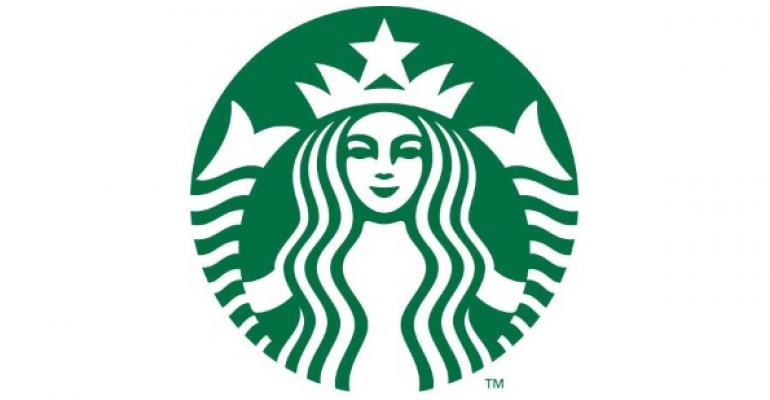Starbucks Corp. said Thursday that its new-and-improved loyalty program was off to a good start and will help the chain build its expanding digital ecosystem to propel the business forward.
About 1 million customers joined the loyalty program during the quarter, an increase of 8 percent, to more than 12 million users, Starbucks said in a call with Wall Street analysts.
Spending through the loyalty program increased 22 percent year over year.
This week Starbucks reported a 7-percent increase in same-store sales for the Americas region during the March 27-ended second quarter. Net earnings in the quarter grew 16 percent, to $575.1 million, or 39 cents per share, compared with $494.9 million, or 33 cents per share, a year ago.
On April 12, the company made the switch from rewarding customers with stars based on transactions to rewards based on spending, a move that some predicted would alienate lower-spending customers.
However, Matthew Ryan, Starbucks executive vice president and global chief strategy officer, said that while the program change was only a week in, spending per member was up across the board.
So far, he said, “we are not seeing any of the noise that has been speculated.”
Ryan acknowledged that the loyalty changes would benefit some people. Most will end up “more or less the same,” and a small minority of people will earn rewards a bit slower.
But “all three of those cohorts are up in terms of spend so far,” he said.
Kevin Johnson, Starbucks president and chief operating officer, said the changes level the playing field by rewarding both transaction frequency and total spending. The move was designed to speed throughput while bringing an end to transaction splitting, when customers would ask baristas to ring up purchases separately to earn more stars.
Even during the first week after the loyalty program shift went into effect, the chain added 280,000 new Rewards members, Johnson said.
Howard Schultz, Starbucks chairman and CEO, said the road ahead may not be entirely smooth for the new loyalty program, but it lays the foundation for the chain’s rollout later this year of a prepaid, re-loadable debit card that will allow loyalty members to earn stars with purchases wherever Visa is accepted.
“We’re building something so enduring and so unique that I think it’s going to be one of the most significant changes to the equity of the brand, customer experience,” Schultz said.
“The ubiquity of people using that debit card and the only way they can bring back stars and get rewards is at Starbucks, is going to be a significant flywheel effect on our overall business.”
The loyalty program and the stars-earning debit card are part of a growing digital ecosystem Starbucks has been working to build over the past few years as more Starbucks customers across the U.S. embrace digital ordering and payment.
New mobile app
With the new loyalty program came a new mobile app that will allow for more personalized marketing and upselling.
Johnson said 86 percent of iPhone users and 79 percent of Android customers upgraded to the new app within the first week, and more than 19 million use the mobile app in the U.S. alone.
Mobile payment represented 24 percent of total U.S. tender in the second quarter, and about 4 percent of transactions come through the app, a 40-percent sequential increase over the first quarter this year.
The chain is seeing about 8 million transactions per month using mobile ordering and payment, rising from a 6 million monthly run rate during the first quarter. That number is expected to grow now that customers can earn star rewards for spending via mobile app, another feature of the recent loyalty program change.
Johnson said mobile ordering and payment has helped Starbucks boost productivity at peak times.
“Though still in its infancy, in 300 of our busiest urban stores, mobile order and pay represents over 10 percent of transactions. And in those same stores at peak, mobile order and pay represents nearly 20 percent of transactions,” Johnson said.
In Portland, Ore., where mobile ordering and payment was first introduced in December 2014, Johnson said transaction volume in March this year was up about 150 percent over March 2015.
Mobile ordering and payment also helped drive a 10-percent increase in U.S. revenue during the quarter, Johnson said.
The morning daypart in particular recorded 13-percent growth year over year.
Johnson said food sales overall represented about 20 percent of U.S. revenue for the first time, contributing 2 percentage points to the same-store sales increase of 7 percent.
Revenue from breakfast sandwich sales grew 30 percent during the quarter, driving traffic and increasing food attachment, he said. Lunch also delivered an 18-percent increase in revenue.
Contact Lisa Jennings at [email protected]
Follow her on Twitter: @livetodineout

